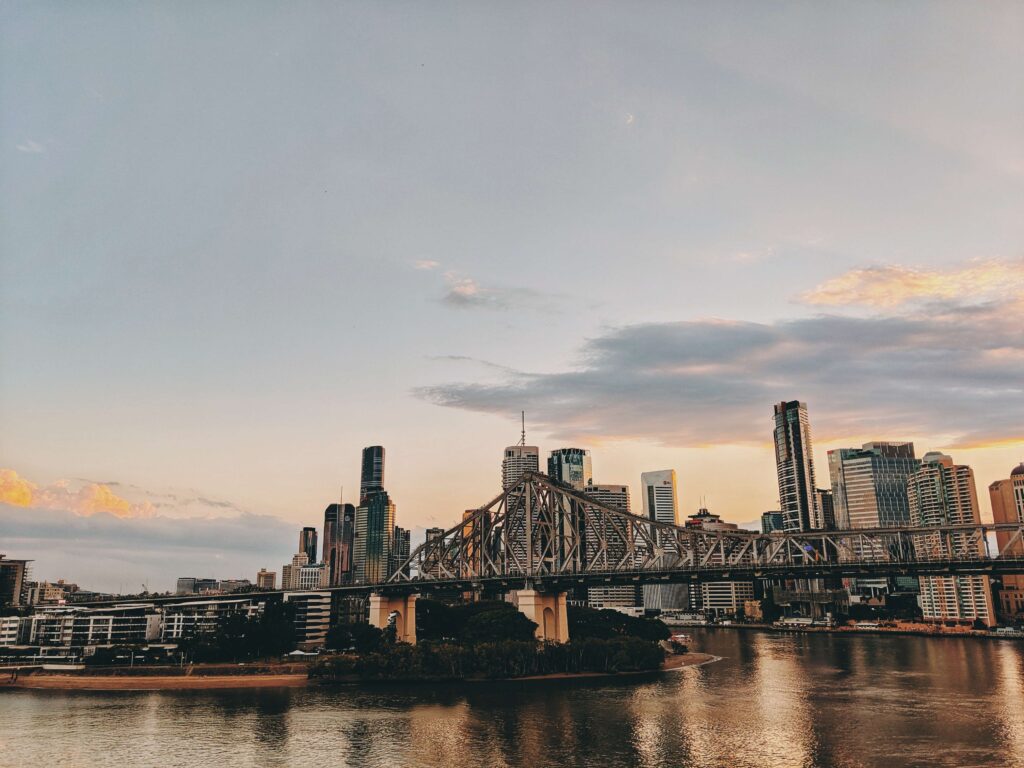Is Australia an Island – Or is it a Continent?

Australia is one of the most ethnically diverse nations on Earth. Since WWII, immigration has contributed more than 50% of Australia’s overall population growth.
Large cities throughout Australia provide an array of cultural activities and sports entertainment, such as Australian rules football and cricket; many people also enjoy golf as a spectator sport.
Table of Contents
It is an island continent
Consideration must be given when debating Australia as an island continent, given that some definitions define an island as “a piece of land surrounded by water” while Encyclopedia Britannica states they must also be smaller than the continents they belong to. By considering these factors it becomes clear why some geographers consider Australia an actual continent rather than an island continent.
There is no precise definition of what makes up a continent, though most scientists agree on certain characteristics. They must be large enough to support distinct cultures, plants and animals as well as having their own tectonic plate – although even though Greenland and Europe share one, they are considered separate continents.
An additional criteria of a continent is having distinctive rocks from those found in oceanic regions, like Antarctica and Australia, that differentiate from ocean rocks. Islands on the other hand often contain similar types of rock types as those in their waters – hence why they do not count as continents.
It is a country of beaches
Australia, known for its stunning beaches, provides visitors a wonderful chance to unwind and soak up nature. Sand and sea have helped shape Australian culture into what we see today in music videos, TV series and more.
Australia was one of the last continents explored by Europeans, and its isolation explains its diverse flora and fauna – with hundreds of varieties of eucalyptus trees as well as animals such as dingoes and kangaroos thriving there. Additionally, Australia boasts one of nature’s greatest wonders in the form of its Great Barrier Reef.
Australian beaches boast a vibrant beach culture, where locals gather to relax or play a game of cricket or volleyball. Bondi Beach in Sydney features soft white sand that allows visitors to swim or sign up for surfing lessons; Broome offers 22km (14mi) of beach with turquoise water shimmering beneath its shores – ideal for relaxation or sports alike!
It is a country of wildlife
Australia is home to an abundance of wildlife. From red kangaroos in the desert, to lush rainforests of the north and beyond, you’re bound to spot plenty of animals along your travels. Additionally, several amazing organizations are working tirelessly to save endangered species by providing tours that support their efforts – something you can support yourself!
Wild Australia is home to many species, such as the heraldic bird emu (second largest extant species of bird), the world-famous marsupial koala (one of many marsupials found worldwide) and three living cassowary species – massive modern dinosaurs that can grow up to eight feet tall with tails and back legs standing upright for surveying their surroundings – as well as unique bat species such as big-eared translucent ghost species bats or grey-headed flying fox (which looks similar).
Australia is separated from Asia by both the Indian and Pacific Oceans, and by New Zealand in the southeast and Papua New Guinea in the northeast. Furthermore, it borders Coral Sea Islands Territory and Timor-Arafura Sea for completeness.
It is a country of art
Australia’s arts are an integral component of its economy and an integral component of nationhood, history and culture. Additionally, they allow people to express themselves creatively as an outlet. Technology is revolutionizing art practice; more people than ever before are becoming involved with its practice.
Australian art, depicted by European artists for the first time by Sydney Parkinson on James Cook’s 1770 voyage and ethnographic portraiture by Augustus Earle and Conrad Martens was initially predominantly natural history oriented; later paintings like those created by these two painters softened it in order to fit with European aesthetics.
Indigenous Australians’ 40-60,000-year history has had a significant influence on Australia’s arts and music, especially dot painting techniques and styles such as those employed by Papunya Tula Artists Cooperative in central Australia, which have become renowned. Additionally, postwar Japanese art forms like manga and anime were highly influential on popular culture – inspiring childhood crazes such as Pokemon and Hello Kitty among children.


